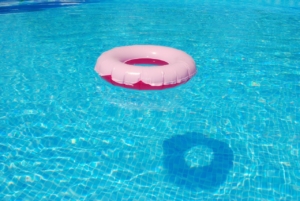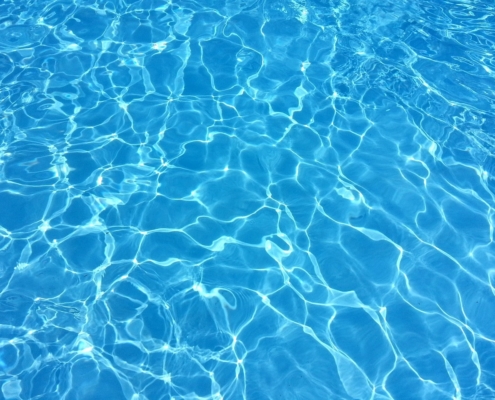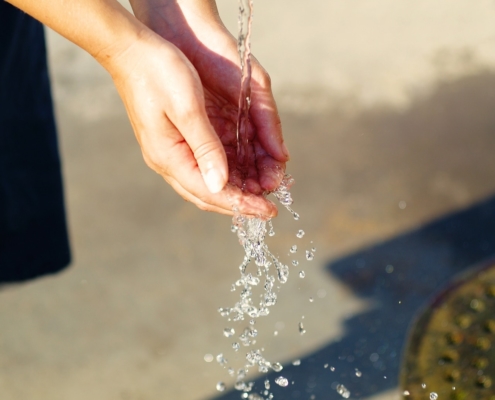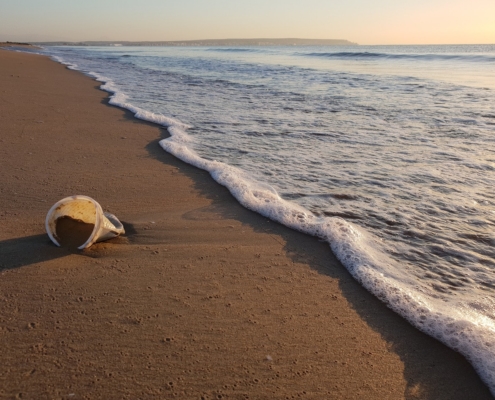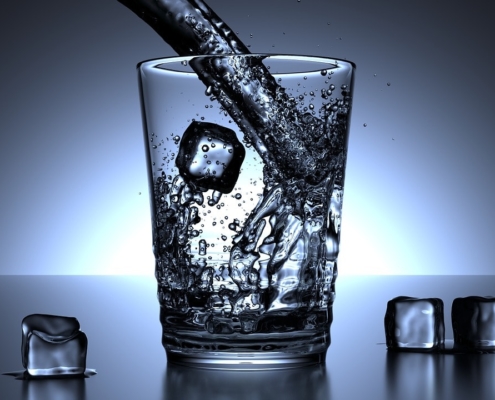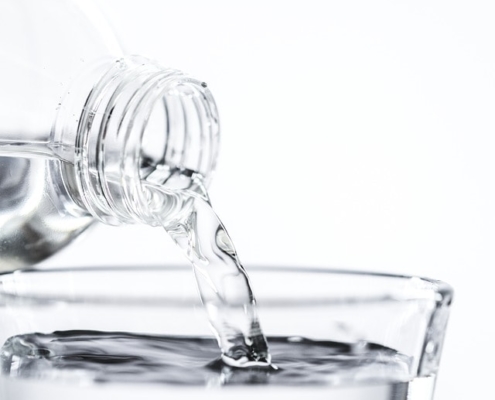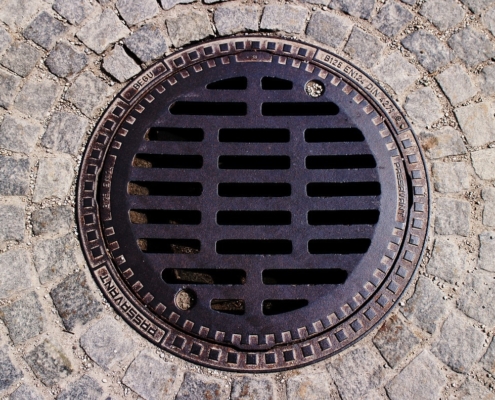 https://riefilt.de/wp-content/uploads/2019/07/channel-1692671_1280-min.jpg
856
1280
Alexander Riebe
https://riefilt.de/wp-content/uploads/2023/09/RIEFILT-Wort-und-Bildmarke-300x38.png
Alexander Riebe2019-09-22 21:42:292019-09-22 21:42:29Drinking water pollution - reasons & countermeasures
https://riefilt.de/wp-content/uploads/2019/07/channel-1692671_1280-min.jpg
856
1280
Alexander Riebe
https://riefilt.de/wp-content/uploads/2023/09/RIEFILT-Wort-und-Bildmarke-300x38.png
Alexander Riebe2019-09-22 21:42:292019-09-22 21:42:29Drinking water pollution - reasons & countermeasuresDrinking water dechlorination – meaningfulness and possibilities
Most people know chlorine from the swimming pool. But also chlorinated drinking water is nothing unusual, because the public utilities, which process the water, like to use chlorine for cleaning and disinfection, because it kills bacteria and other pathogens and thus makes them harmless. Nevertheless, many consumers are unsure whether chlorine in the water is hazardous to health and it can be safely consumed. Therefore, many think about a dechlorination of drinking water. Whether it is necessary and how it works can be found in this guide. You will get useful information on what potentially harmful effects chlorine can have on water and how it is possible to control it with different filtering techniques.
Chlorine in drinking water – how does it get into it?
About 40% of people in Germany get chlorinated water from their faucets. Chlorine is a common waste product of chemical processes in drinking water, for example by solvents or PVC. The resulting wastewater is introduced into the sewer system, so that it eventually reaches the drinking water. On the other hand, chlorine is also systematically added in areas where the water is exposed to a considerable amount of germs. Chlorine is supposed to help with the cleaning and disinfection of tap water. It kills viruses, bacteria and protozoa. Bacteria originate, for example, from flooding the dirty water due to bad weather. They can also get into the groundwater via agricultural litter and nitrate. Chlorine is particularly effective against fecal germs such as the dangerous Ehec pathogen. The water suppliers are responsible for a high quality of the drinking water. It must not endanger the health of consumers. But the question of whether chlorine in water is safe for the body actually remains.
Does chlorine harm the health of drinking water? Is drinking water dechlorination useful?
Whether there are health risks from chlorine in drinking water and a dechlorination of drinking water is recommended, opinions differ. If you want to play it safe, you are well advised to filter the water before drinking or consuming it. After all, chlorine is a substance that also reacts with plant and animal tissue. The effects of chlorine in drinking water or on the body and the meaning of drinking water dechlorination are therefore much discussed. Completely harmless it is not for the human organism. According to studies, persistent intake of drinking water with chlorine produces by-products which are said to be carcinogenic. Drinking water that is enriched with chlorine should therefore not be drunk for a long time. This is especially true for pregnant women and parents of infants. The amount of chlorine also plays a crucial role. The tap water is strictly controlled in Germany. The permissible amount of chlorine is regulated in the Drinking Water Ordinance. A maximum of 0.3 mg of free chlorine may be contained per liter of tap water. Otherwise, a dechlorination of drinking water is necessary.
Drinking water dechlorination – what options are there?
Although it is said that said health risks do not exist with a low dosage of chlorine, but it is advisable to avoid unnecessary health risks by filtering the drinking water. After all, it is a chemical that is harmful to the body, at least in a high concentration. Concerning the exact amount of a harmless quantity, opinions differ widely. You will hardly find binding statements that you can rely on. A drinking water dechlorination can be done easily and quickly. Decoction is possible with smaller amounts of water. For drinking water dechlorination of larger quantities you should use a filter system:
• Activated carbon
The dechlorination of drinking water takes place, for example, with the aid of an activated carbon filter. Activated carbon filters the pollutants out of the water through its fine-pored surface. The structure of the activated carbon filter is similar to the sand filter. The concentration of chlorine can thereby be effectively reduced, while the mineral content remains unchanged. With activated carbon, you can remove the chlorine faster, more effective and resource-saving, as is the case when boiling off the water.
• Ion filter and reverse osmosis
Ion filters and reverse osmosis can also remove the substance from the drinking water: Ion exchangers remove the negatively charged chlorine ions from the water and replace them with harmless ions. The principle is based on the fact that numerous substances dissolved in drinking water, such as chloride, are in ionic form. In reverse osmosis, the water is pumped through a fine, close-meshed membrane to prevent chlorine from entering the drinking water. With this method of drinking water dechlorination, you can rid the water of almost all substances dissolved in it. In water treatment and purification, it is a highly effective process that reliably removes all unwanted ingredients.
Summary
The drinking water is strictly controlled in Germany, so that it can be drunk harmless. Whether it has harmful effects from contained chlorine has long been controversial. Those who want to be on the safe side and avoid all possible health risks can filter the water. This is possible through activated carbon. Thanks to the porous and fine-pored surface, a catalytic effect is developed and the chlorine can be absorbed and removed from the water to a large extent. Ion filters and reverse osmosis are also effective ways of dechlorinating drinking water. These more elaborate processes are based on chemical processes. Filter systems are more environmentally friendly compared to boiling water. In addition, they not only remove chlorine, but also other potentially harmful substances such as lead, without intercepting valuable minerals.
Service
Read more about our services.
Our B2B Shop
Visit our B2B Shop for filter equiptment
Contact
Get in touch.

